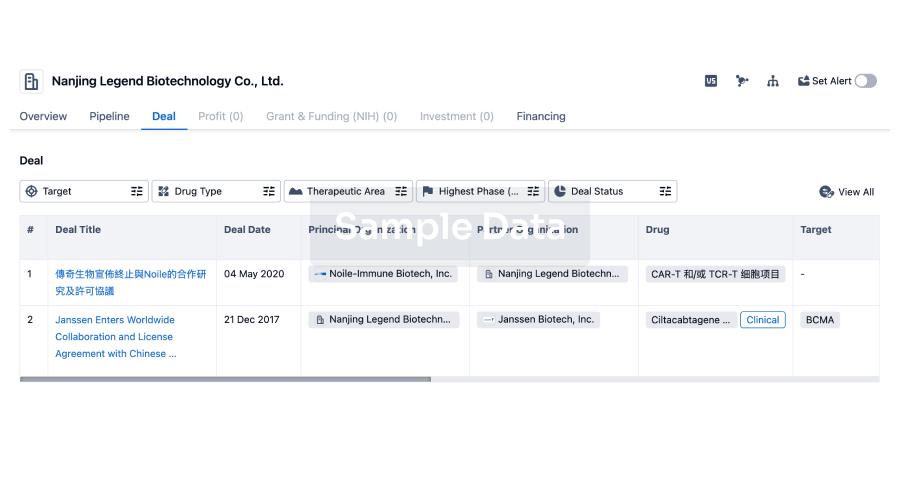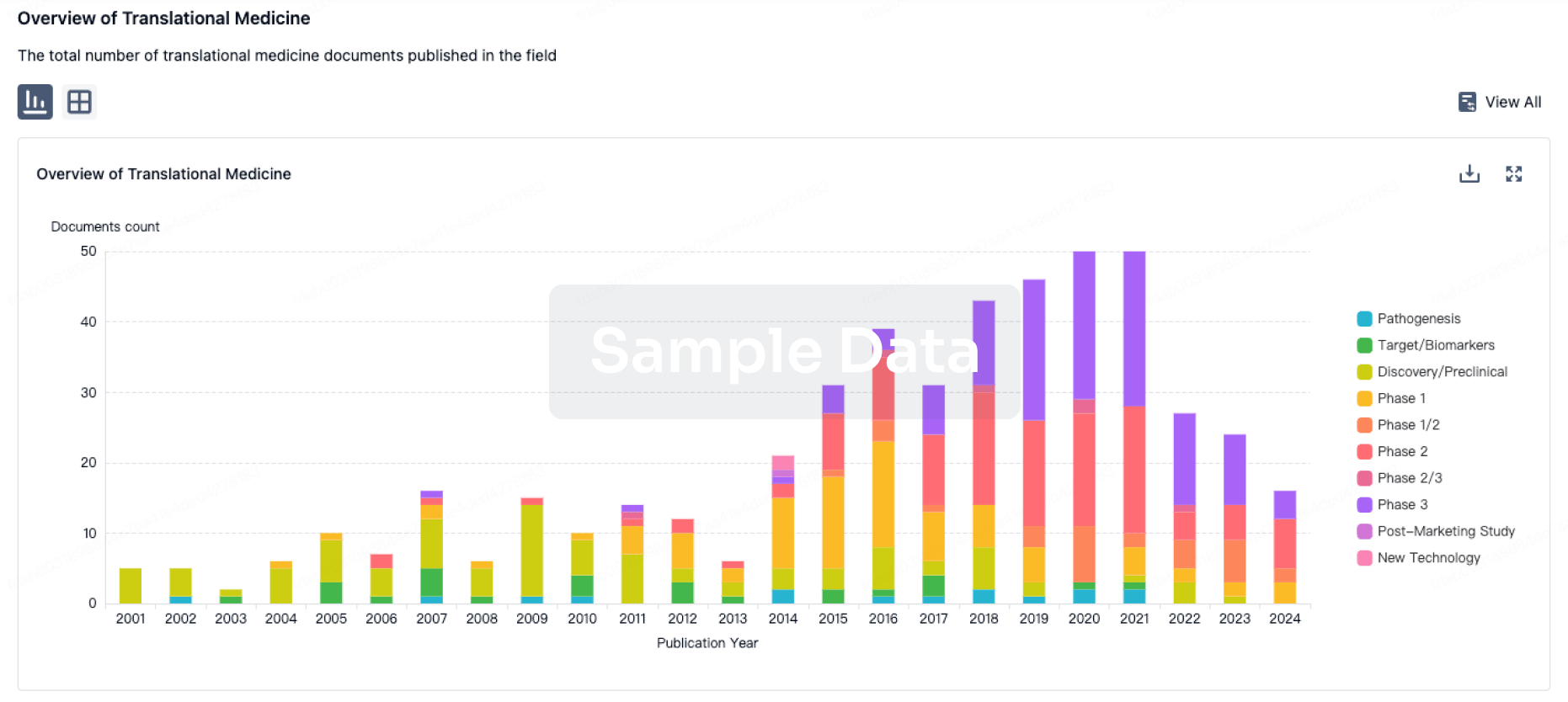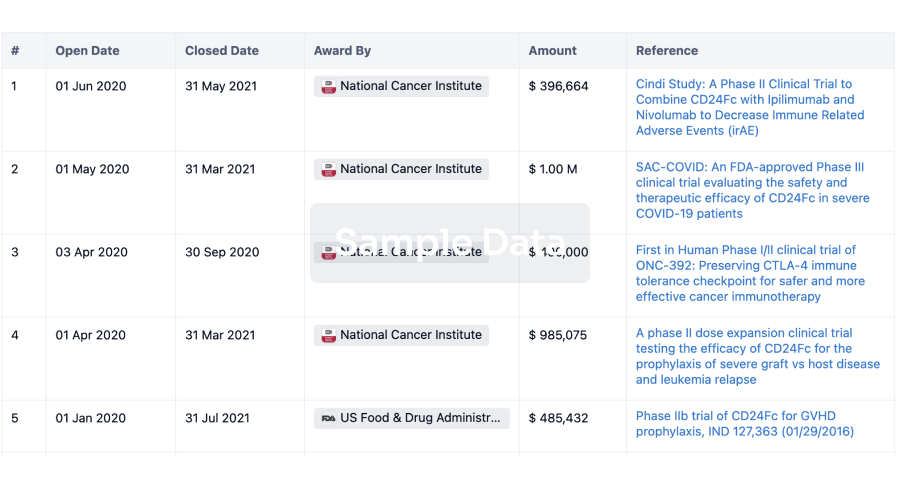MC2-32 (RGRN-305) a first in class, oral therapy targeting multiple pathways involved in Hidradenitis Suppurativa (HS) achieves highly positive data in randomized, double-blinded, placebo-controlled trial in 15 patients:
Primary endpoint, HiSCR50 was met at week 16 by 6 out of 10 patients in the MC2-32 group vs. 1 out 5 in the placebo group
HiSCR75 and HiSCR90 were met by 5 and 3 out of 10 patients in the MC2-32 group, respectively vs. 0 in the placebo group
Greater improvement in the MC2-32 treated group compared to placebo was also seen in all other secondary endpoints, including HS-PGA, IHS4, DLQI and pain-NRS
MC2-32 was well tolerated with a similar favorable adverse event pro the active and placebo arms
Data presented today at the Late-Breaker session at the European Academy of Dermatology and Venereology (EADV) Annual Meeting in Berlin
MC2-32, the only Heat Shock Protein 90 (HSP-90) inhibitor in development, combines broad immune-modulation and compelling efficacy in an oral therapy, strongly warranting further evaluation in a larger phase 2b trial
Copenhagen, October 11th, 2023 – MC2 Therapeutics, a commercial stage biotech company focused on developing novel treatment paradigms within immune-mediated and inflammatory conditions, today announced presentation of highly positive Phase 2a data from MC2-32 (previously RGRN-305), its recently acquired novel HSP90 inhibitor for the treatment of hidradenitis suppurativa (HS), in a late-breaking news session at EADV.
The single center, Phase 2a, clinical trial conducted at Aarhus University Hospital, Denmark evaluated the efficacy and safety of MC2-32 in patients with moderate to severe (Hurley stage 2 or 3) HS. 15 patients were recruited for the study and randomized 2:1, to 16 weeks oral treatment with 250 mg MC2-32 once daily or placebo. The study was a Phase 2a proof-of-concept study and not designed to obtain statistical significance. All included patients completed the study.
The primary endpoint, HiSCR50 at week 16 was achieved by 6 out of 10 patients in the MC2-32 group versus 1 out of 5 patients in the placebo group. The harder-to-reach HiSCR75 and HiSCR90 were achieved by 5 and 3 patients out of 10 in the MC2-32 treated group, respectively whereas none in the placebo group achieved HiSCR75 and HiSCR90 responses. All other secondary endpoints, including IHS4, HS-PGA, DLQI and pain-NRS pointed towards better response rates in the MC2-32 treated group compared to placebo.
MC2-32 was well-tolerated with no serious adverse events and treatment-emergent adverse events were similarly frequent between the MC2-32 and the placebo groups. No clinically significant changes in blood biochemistry were seen throughout the study.
“Inhibiting HSP-90 leads to the inhibition of multiple inflammatory pathways related to HS not just IL-17, while the exceptional pharmacological properties provide a remarkably favorable safety profile. We believe that MC2-32’s broad spectrum approach combined with oral delivery will propel the product to best in class status in the HS field,” said Professor Lars Iversen, CMO of MC2 Therapeutics. “Using HiSCR75 as our primary endpoint, we are now laser focused on preparing for our randomized, double-blinded, placebo-controlled Phase 2b trial.”
Jesper J. Lange, CEO of MC2 Therapeutics added, “With these compelling data, unique mode of action and oral delivery, MC2-32 has the potential to be a game-changer in the treatment of HS. Joining our strong portfolio of immunology and inflammation treatments in development and on the market, MC2 Therapeutics is on its way to becoming an emerging force in the field.”
About MC2-32
MC2-32 (previously RGRN-305) is a new chemical entity small molecule, Heat Shock Protein 90 (HSP90) inhibitor, with a proven capability to clinically attenuate skin inflammation through a novel mode of action. MC2-32 modulates multiple inflammatory pathways relevant for HS, while the exceptional pharmacological properties of MC2-32 provide a remarkably favorable safety profile. MC2-32 has been tested successfully in a small double-blinded, placebo-controlled, proof-of-concept trial in Hidradenitis Suppurativa and Plaque Psoriasis.
HSP90 is a group of chaperone molecules involved in several cellular processes, including cellular signaling and recent evidence has demonstrated that HSP90 inhibition has strong anti-inflammatory properties. MC2-32 selectively inhibits the two HSP90 isoforms, HSP90α and HSP90β and causes inhibition of several pro-inflammatory pathways involved in the pathogenesis of Hidradenitis Suppurativa.
MC2 Therapeutics acquired global (ex-greater China region) option rights to exclusively license MC2-32 (formerly RGRN-305) for all human indications from Regranion in September 2023.
About Hidradenitis Suppurativa
HS is an immune-mediated debilitating, life long, recurring, inflammatory skin disorder with a high, unmet medical need. It is characterized by chronic, painful nodules, abscesses, and suppurating sinus tracts that in the most severe form cause significant scarring. Commonly affected body locations include the armpits, below the breasts, the groin, the genitals, perineal and gluteal regions.
The pathogenesis of HS is complex and implicates activation of cells of both the innate and adaptive immune systems and involves several proinflammatory pathways. Broad immune modulation can therefore be a preferred strategy.
About MC2 Therapeutics
MC2 Therapeutics is a commercial stage biotech company focused on developing novel treatment paradigms within immune-mediated and inflammatory diseases initially focusing on manifestations in the skin.
Its innovative approach in immunology is anchored in a deep understanding of skin biology, clinical expertise and cross-silo thinking. Fuelled by an entrepreneurial mindset and creativity, MC2 Therapeutics aims to set new standards in treatment satisfaction for people with immune-mediated and inflammatory conditions.
For additional information on MC2 Therapeutics Group, please visit
MC2 Therapeutics A/S
Lonni Goltermann, +45 2018 1111 or log@mc2therapeutics.com
Media: ICR Consilium
Amber Fennell, +44 20 3709 5700, MC2@consilium-comms.com








